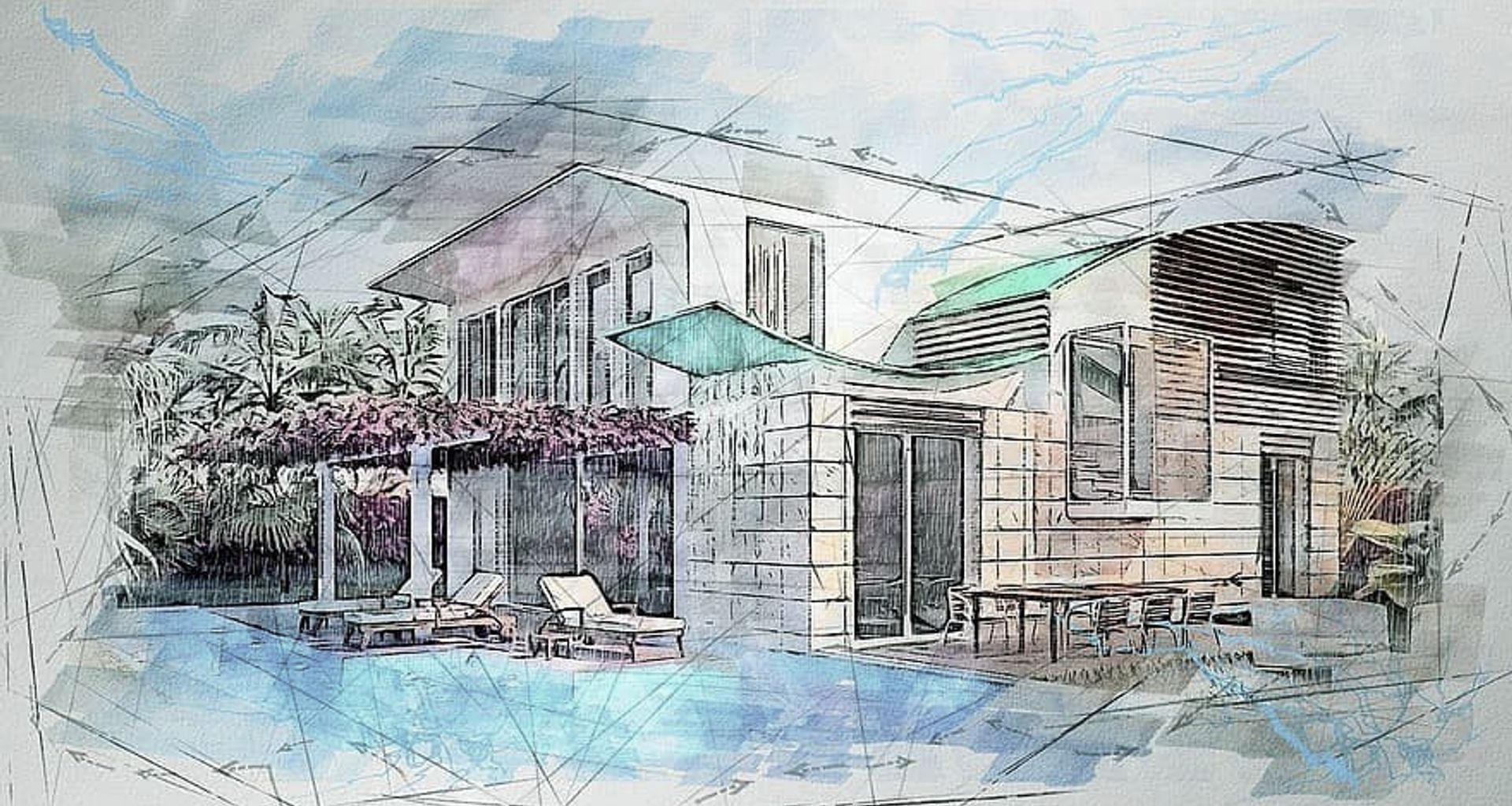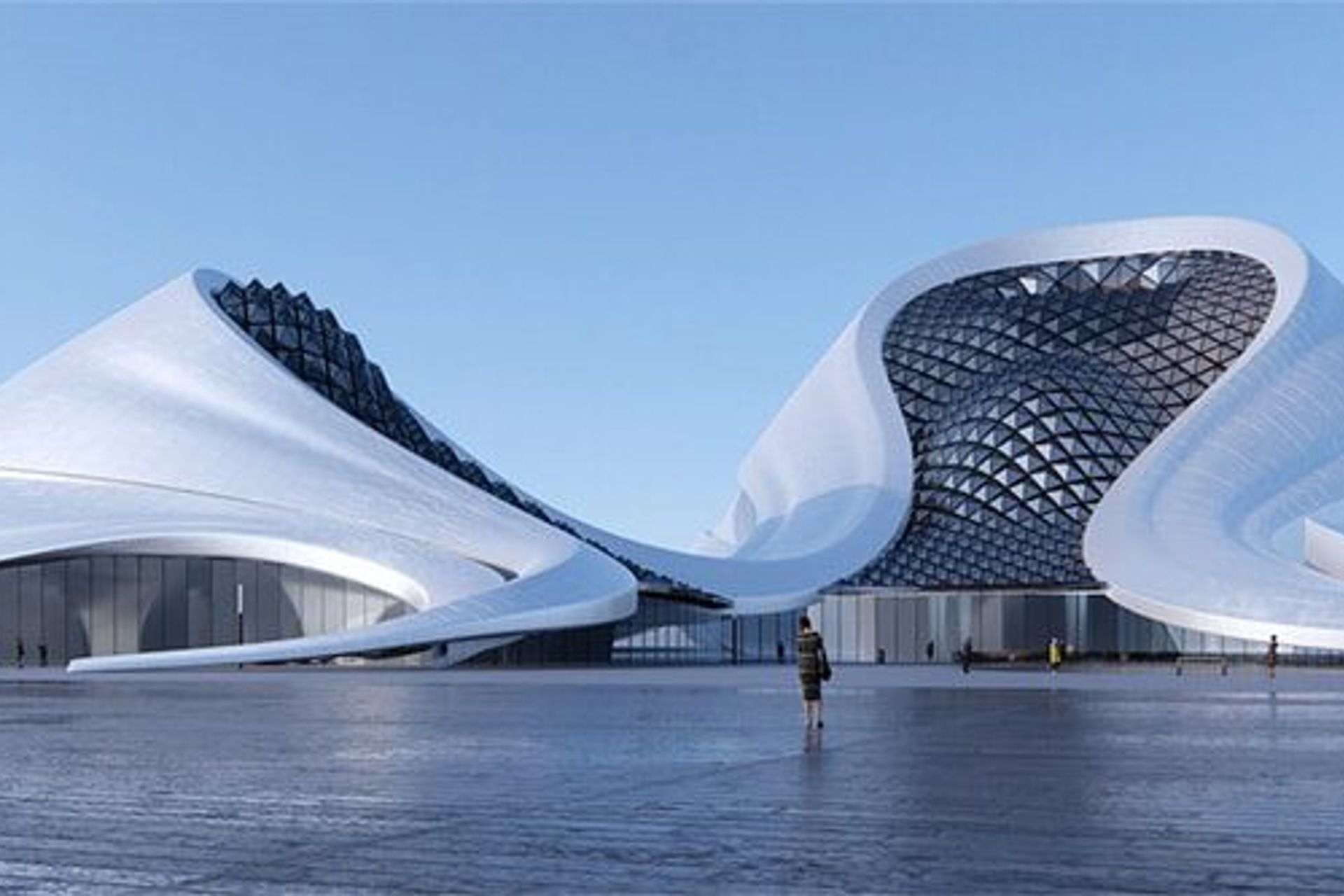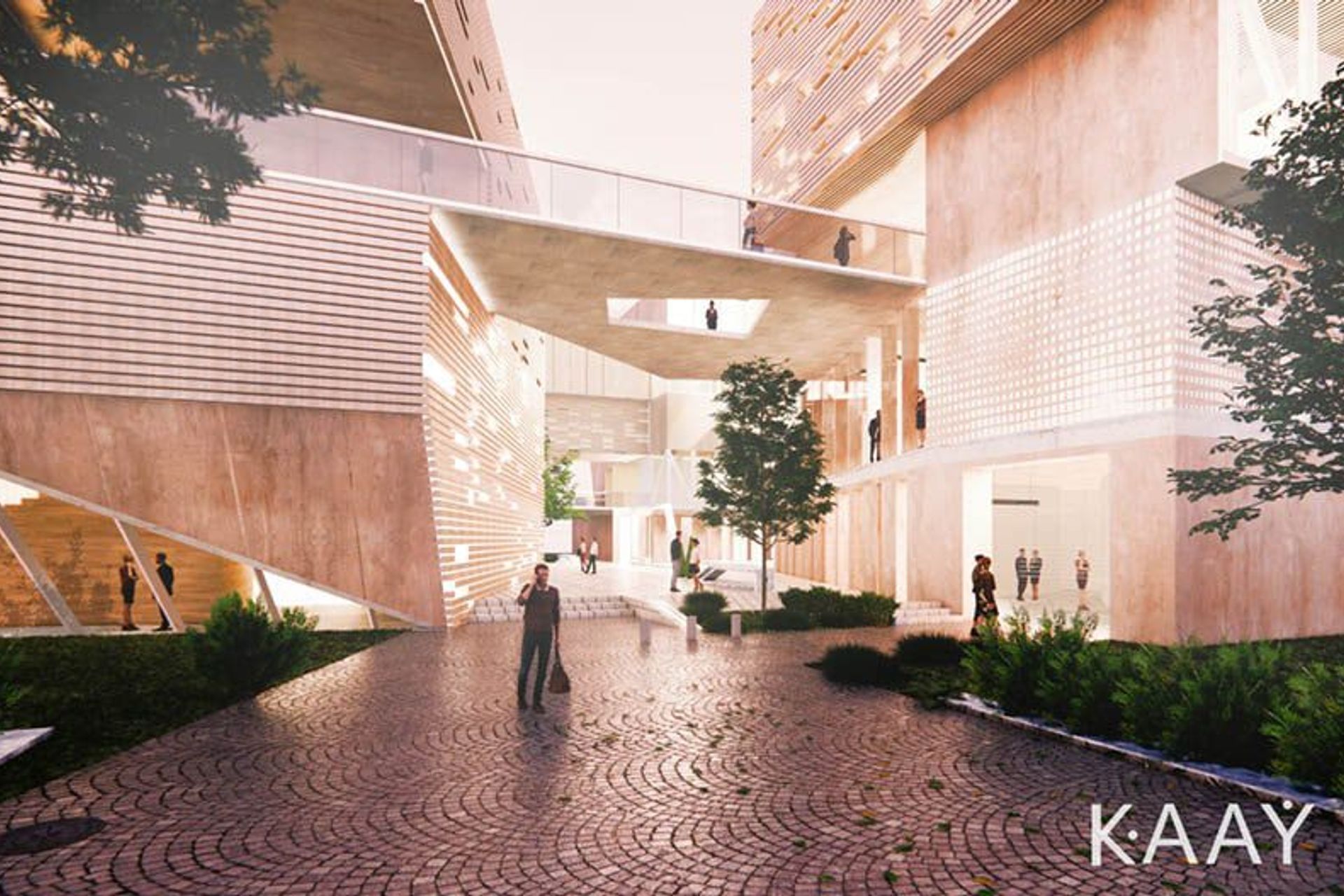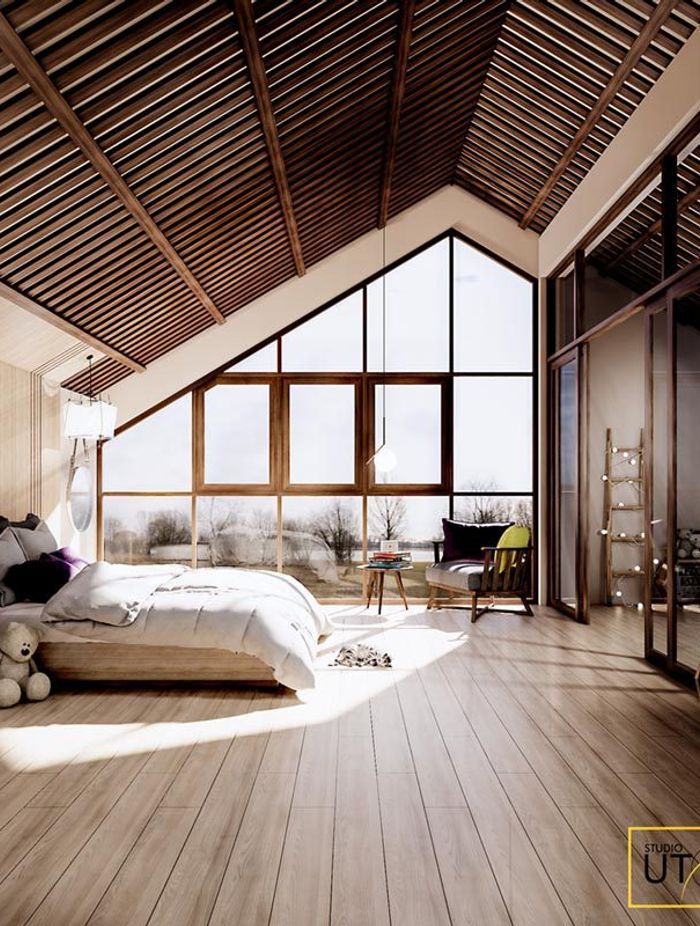What is Real-Time Architectural Rendering?


Architectural Rendering has Come a Long Way
Before architectural rendering software came along, these images were created by hand. Specialized artists would use traditional mediums such as pencil and paint to translate a project’s blueprints into scenes that could give a good impression of the finished construction.

It took a great deal of skill and knowledge for these artists to be able to accurately capture the project’s various features, including dimensions, proportions, textures, and lighting. The expertise required to create quality renderings made it so that the job usually had to be outsourced, adding significant costs to an architect’s project expenditures.
Even when rendering programs did arrive, they were often clunky. It could take hours to render just a single image. And again, the need for expertise was a barrier. Not many professionals had the familiarity or know-how to successfully work with these programs, so outsourcing was still a necessity.
Luckily, things have changed. Now it’s possible to create an architectural rendering in real time, with tools such as Enscape that plug directly into your BIM or CAD software. Ease of use and an intuitive interface allows architects to DIY their renders and get stunning results in just a few seconds. Best yet, architects can go far beyond traditional models with the creation of videos and fully-3D walkthroughs that can be explored in virtual reality. The experience is as real as it gets.
Benefits of Adopting Real-Time Rendering
Using a real-time rendering program that uses your graphics card over traditional CPU rendering brings so much to the table. The main advantage is the speed difference – see your renders in REAL-TIME without having to wait hours for the CPU to calculate them! Along with saving countless amounts of time rendering in real time also allows you to:
- Streamline the work process
- Gain client confidence and win more projects
- Make design changes and see the rendered result immediately
- Spend more time working on the actual design and less time waiting for renders to complete
Demonstrate Value to Stakeholders
Having fully detailed, explorable 3D renders means that architects don’t have to leave anything to the imagination. Clients and investors can get a complete view of proposed designs, enabling them to understand what the project will accomplish and how the design and specifications are justified.
This helps firms win projects they’re submitting proposals for, and also helps to improve communication and collaboration with clients. Project stakeholders can have a clear representation of what they’re getting before the first brick is even laid.
For projects that require the approval of locals, architectural renderings can be a great tool for showing the general public how a project can enhance their community’s beauty and functionality. People can clearly visualise how they may interact with the place in their daily life, and see the value in their taxpayer investment.

Cut Unnecessary Costs and Time from the Design Stage
An easy-to-use software that can work off of your existing BIM model completely removes the hassle of outsourcing for renders. Architecture firms can handle it all in-house, without worrying about the availability or cost of outside services. Teams can get their renders done ASAP and avoid the problems that can come with third-party invoicing.
Because detailed 3D renders give a fuller picture than typical drawings, architects can fast-track project decision-making. Stakeholders and contractors are able to more easily make an assessment and determine what should be done when they don’t have to imagine the result. It’s a system that dramatically improves project efficiency.

Identify Issues Not Apparent in Standard Architectural Drawings
Programs like Enscape use advanced algorithms to produce the most realistic environmental effects for architectural renders. Sunlight angles and intensities can be accurately simulated, and even automatically modified in response to the addition of cloud cover, time of day, and surrounding vegetation.
Model interiors appropriately reflect the lighting conditions as they would be in real life, allowing architects to optimise their designs for daylight exposure. They can spot when lighting can be too strong (causing issues with occupant comfort and energy efficiency) or too weak. Check out these articles for a closer look at lighting within Enscape:

The interactive quality of real-time renders allows troubleshooting for other aspects of design, too. Where a standard drawing may not indicate any issues, a virtual walkthrough may reveal that a layout doesn’t work as well as anticipated, or detect clashes that could seriously disrupt the construction process.
Enscape Makes Architectural Rendering Easy
Enscape has earned a reputation as one of the industry’s best tools for empowering architects to make their own high-quality renders. The user-friendly software doesn’t require expert knowledge to use; it simplifies the creation of 3D models and 2D images so that any team can get the job done themselves. Try it at no risk to see how it can streamline your workflow and propel your firm’s success.
